Written by Fujiko Fujio Demographic Shōnen Volumes 6 Genres Comedy, Action fiction | Published by Shogakukan Original run 1964 – 1973 Music by Shunsuke Kikuchi Publishers Shogakukan, Bandai | |
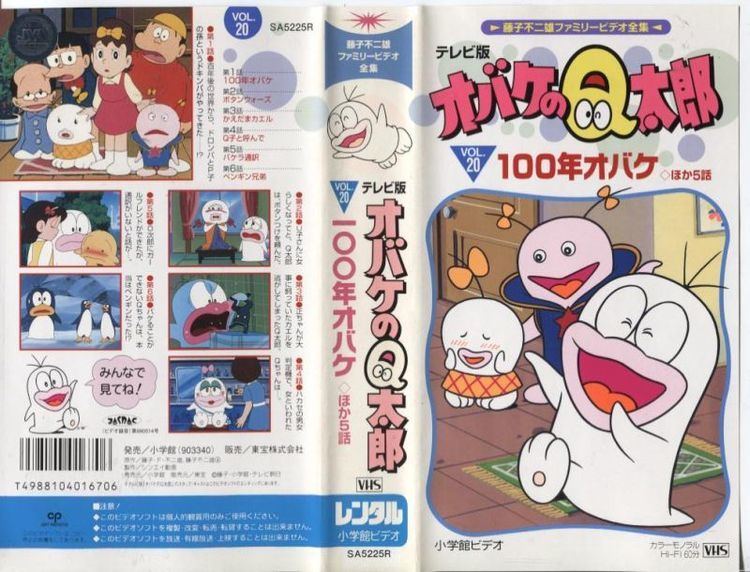 | ||
Magazine Weekly Shōnen Sunday, Shōnen Book, CoroCoro Comic, Bessatsu Shōnen Sunday Similar Perman, Kiteretsu Daihyakka, Esper Mami, Chimpui, Ninja Hattori‑kun | ||
Obake no q taro 80 s op
Obake no Q-tarō (オバケのQ(キュー)太郎, Obake no Kyū-tarō), by Fujiko Fujio, is a Japanese manga about an obake, Qtarō (Sometimes also spelled as Q-tarō) who lives with the Ōhara family. Qtarō, also known as Q-chan or Oba-Q, is a mischief-maker who likes to fly around scaring people and stealing food, though he is deathly afraid of dogs.
Contents
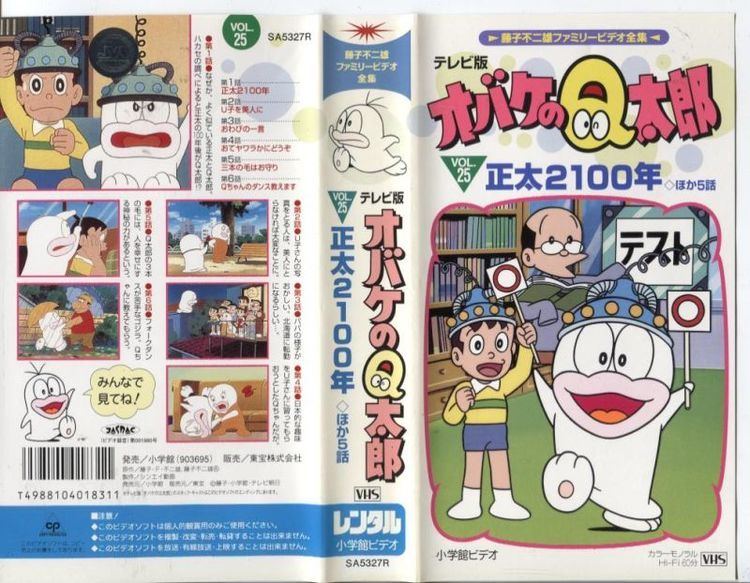
The story is usually focused on the antics of Qtarō and his friends. The manga was drawn in 1964–1966 by Fujiko Fujio (Fujiko F. Fujio and Fujiko Fujio A) and in 1971–1974 by Fujiko F. Fujio.
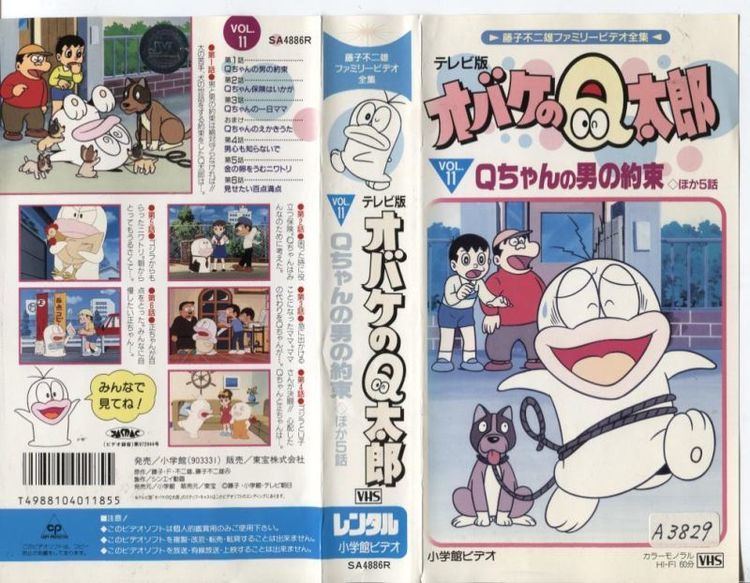
There are three anime series of Qtaro. The first anime adaptation of Obake no Qtarō was shown on the Tokyo Broadcasting System (TBS) in black & white, and ran from 1965–1968. Machiko Soga was the voice of Qtarō. The series was especially popular preceding Doraemon. It also ran outside Japan, in Hong Kong under the name Q-tailong. The second series ran from 1971–1972 on Nihon TV, this time in color. The third series ran from 1985–1987 on TV Asahi. This adaptation is the only one of the three Obake no Q-taro anime to have a home video release.
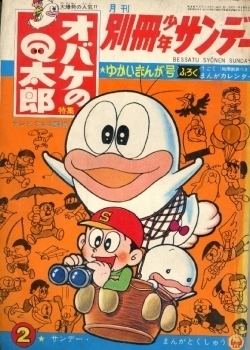
Plot
In one house, this come one of obake.
Characters
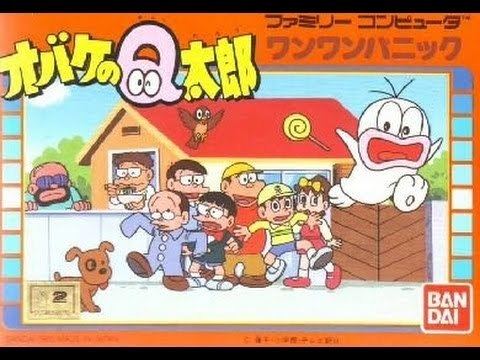
Reception and impact
Pac-Man creator Toru Iwatani cites the series as inspiration for the character design in the Pac-Man video game series.
